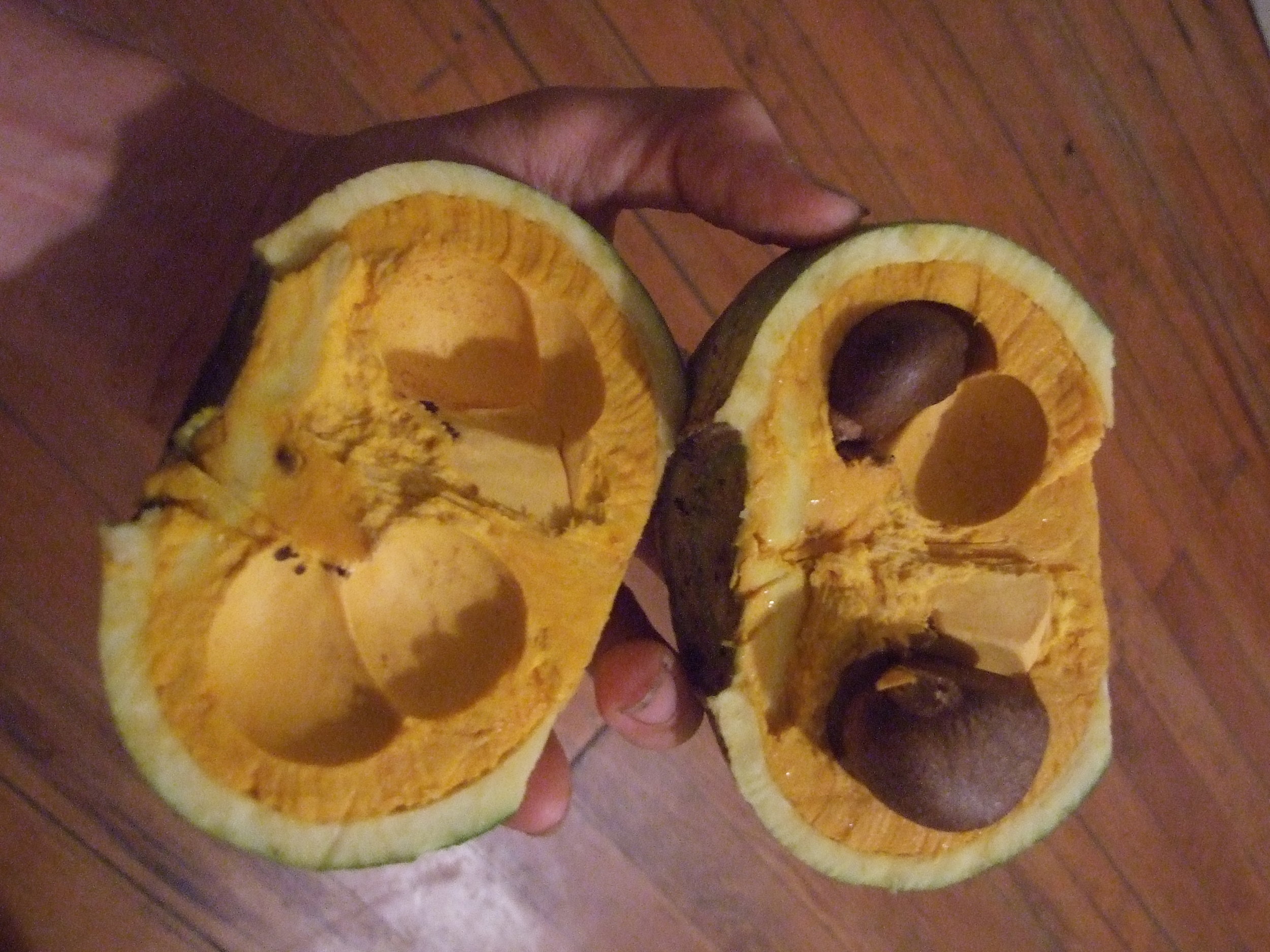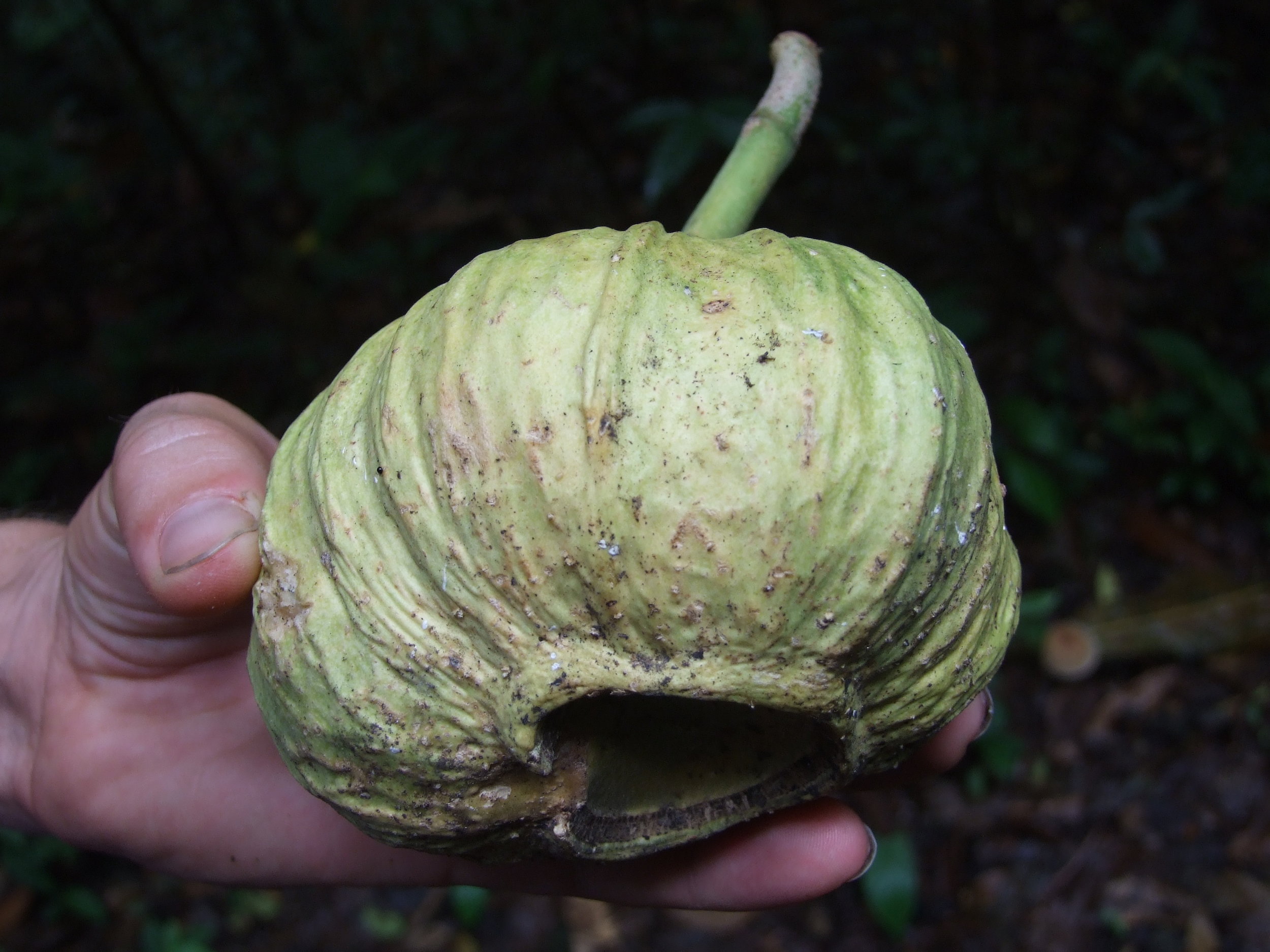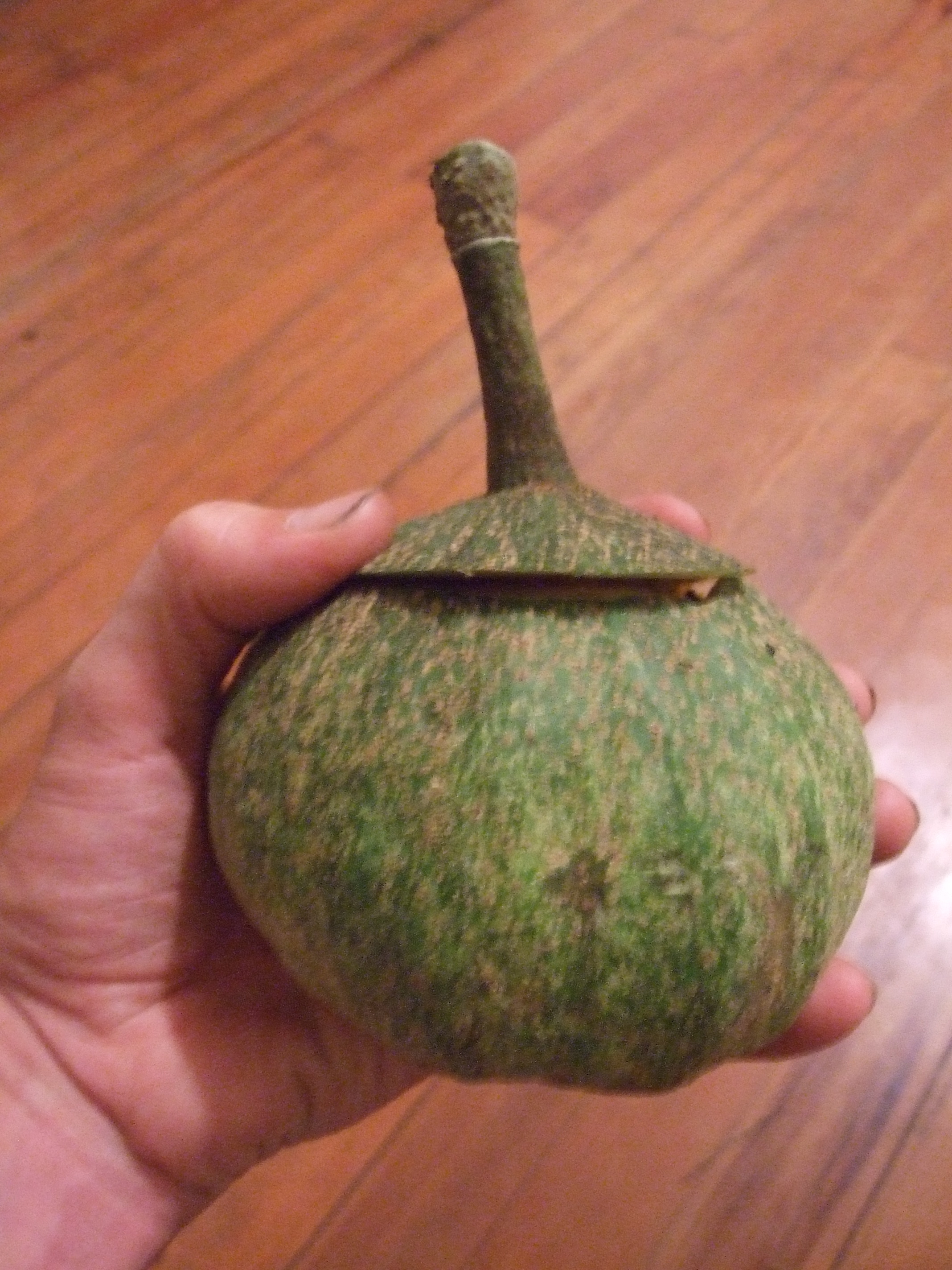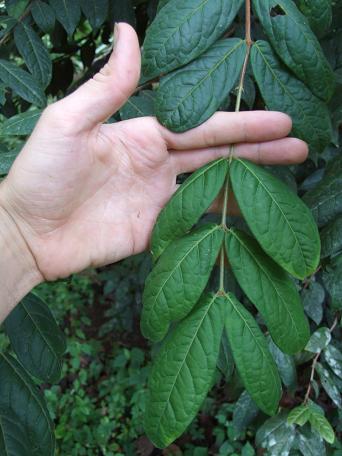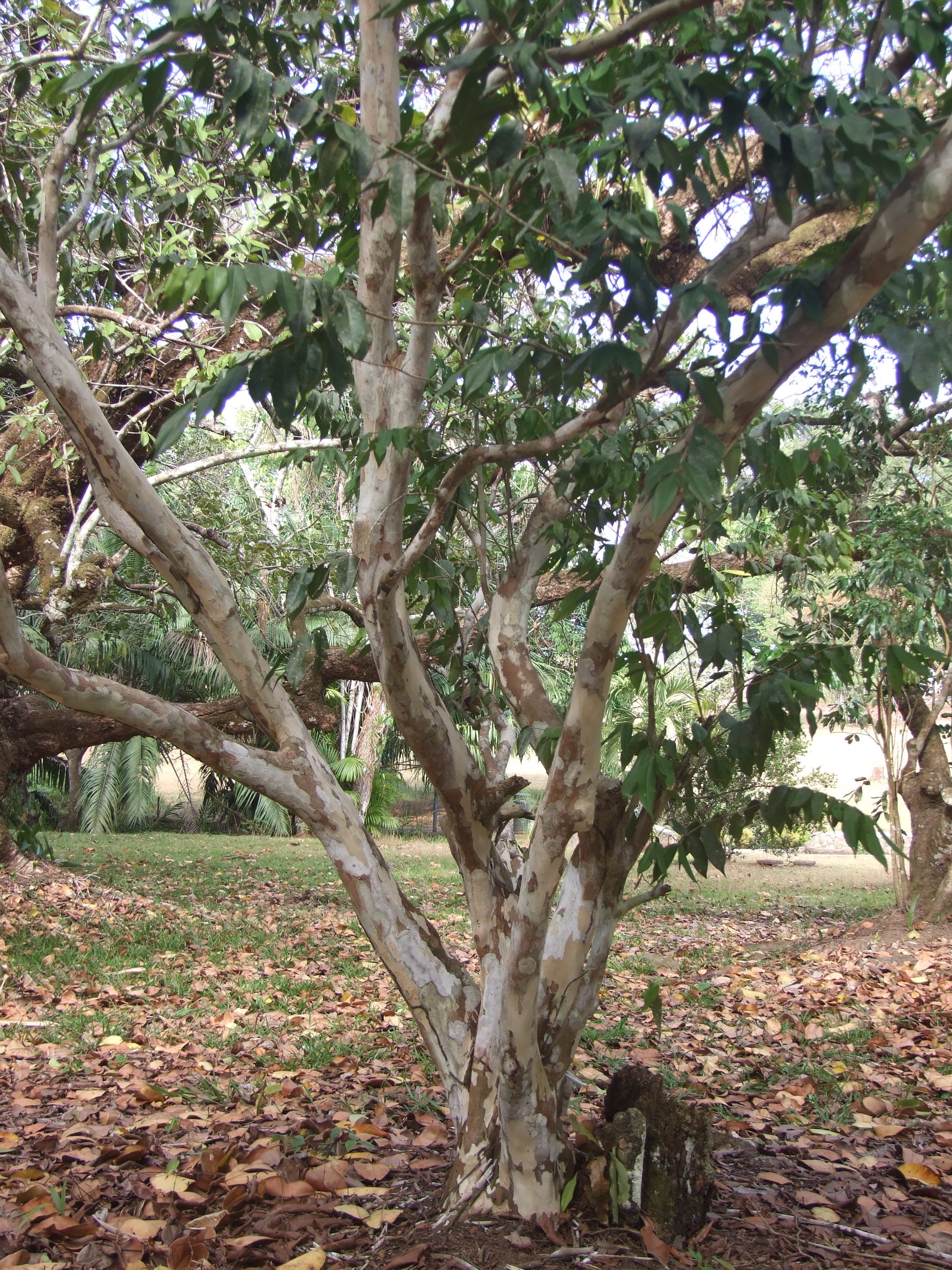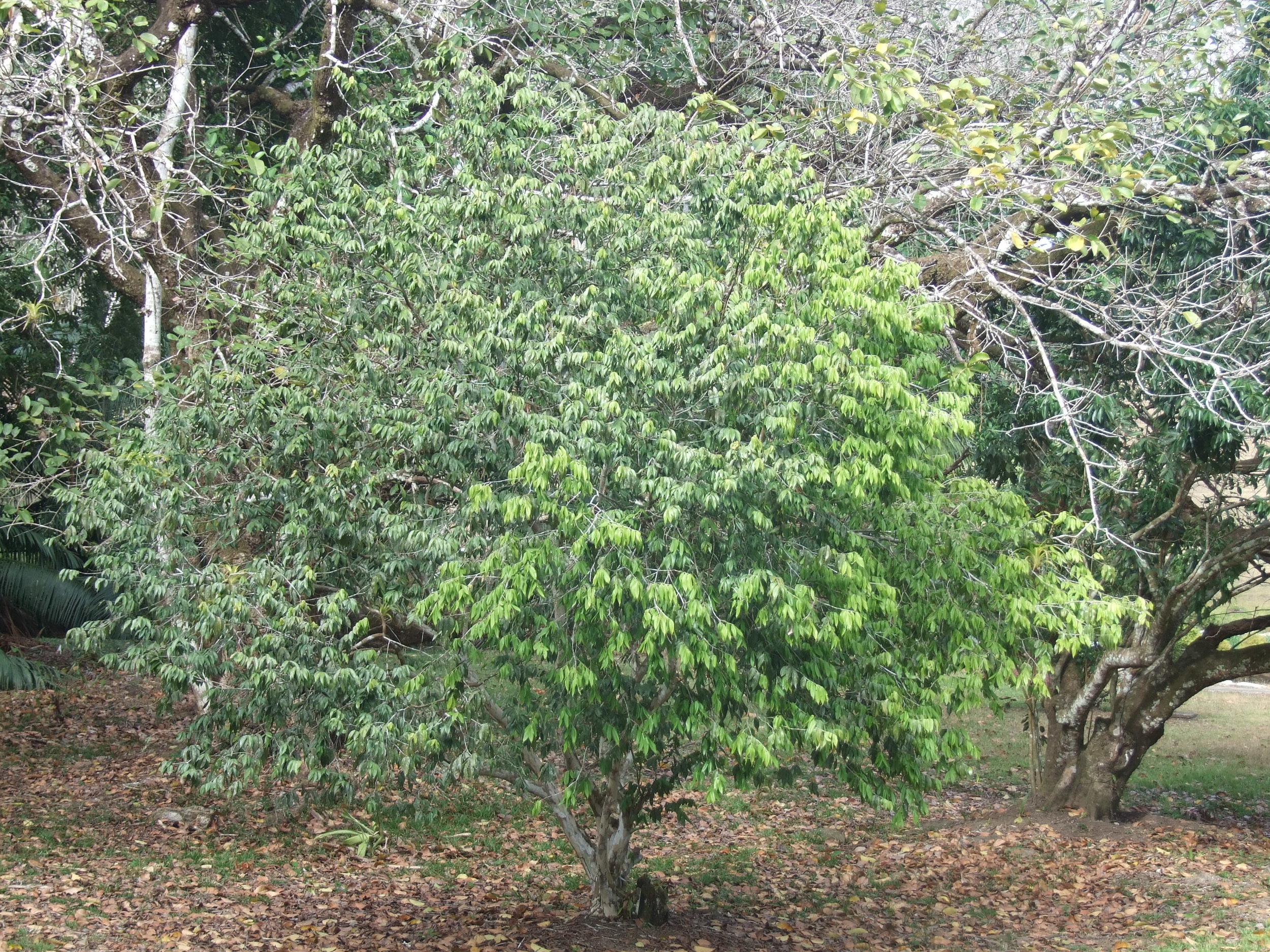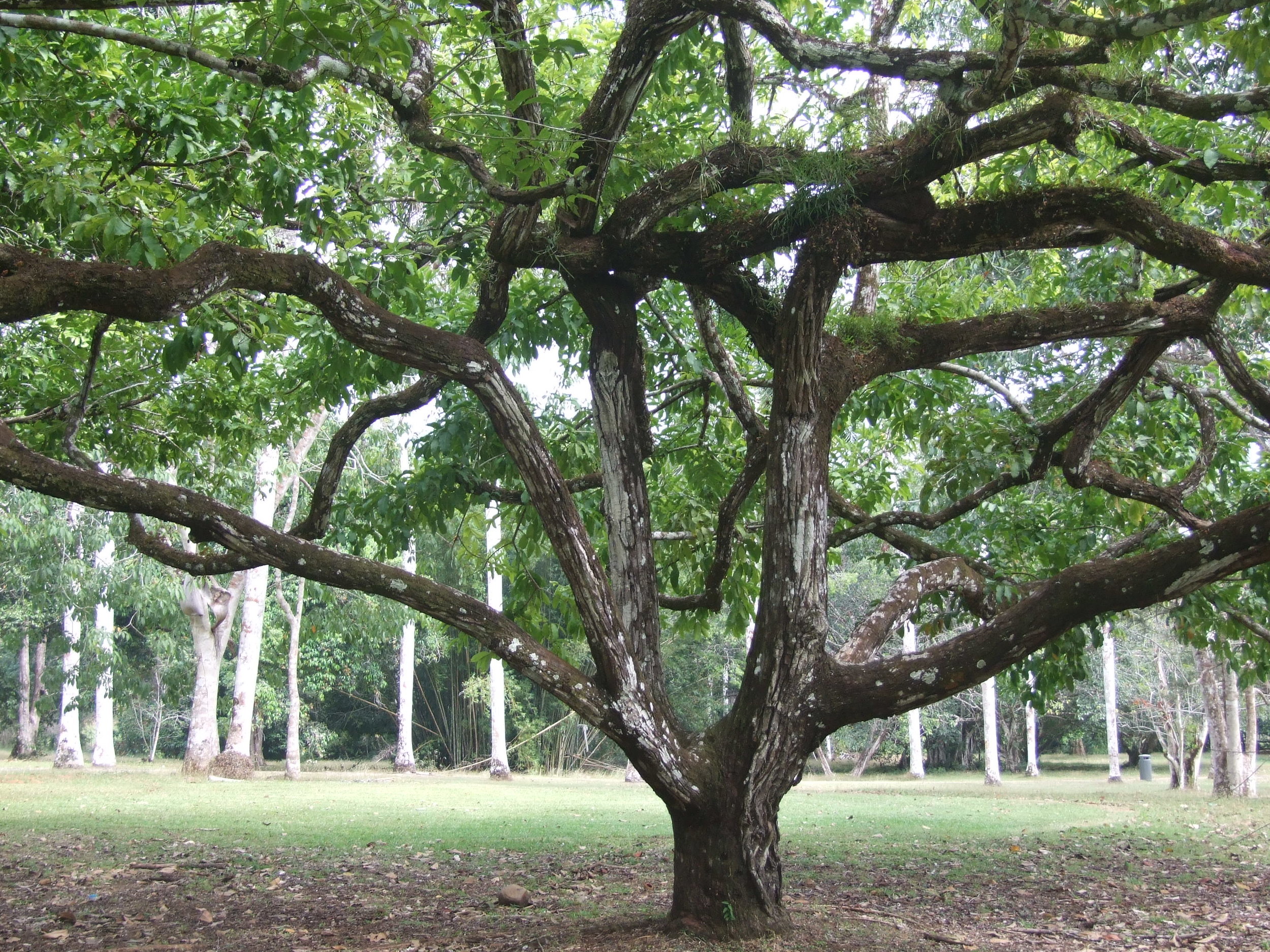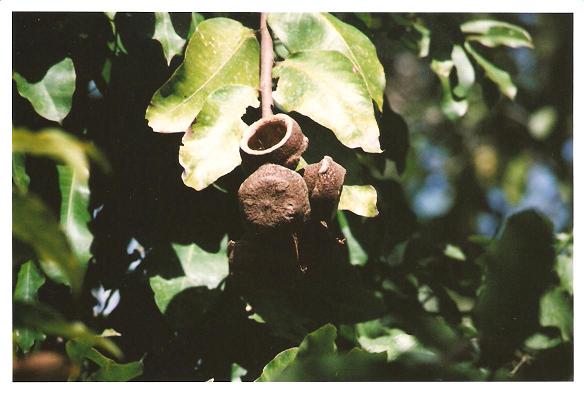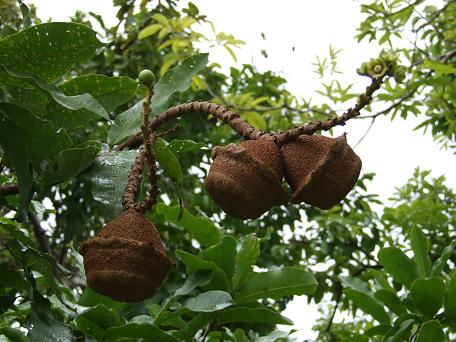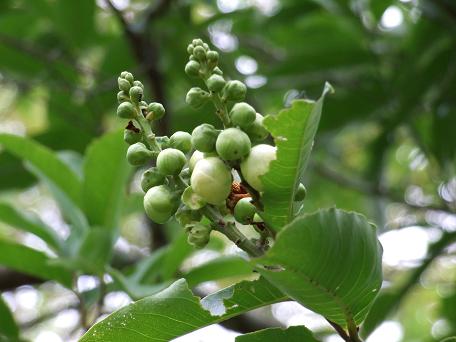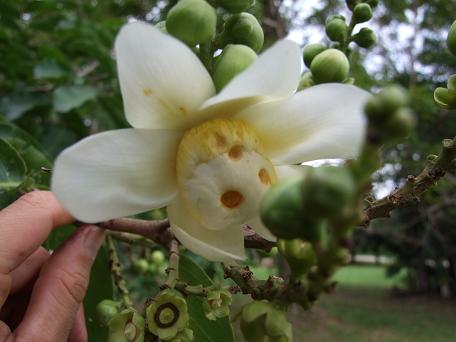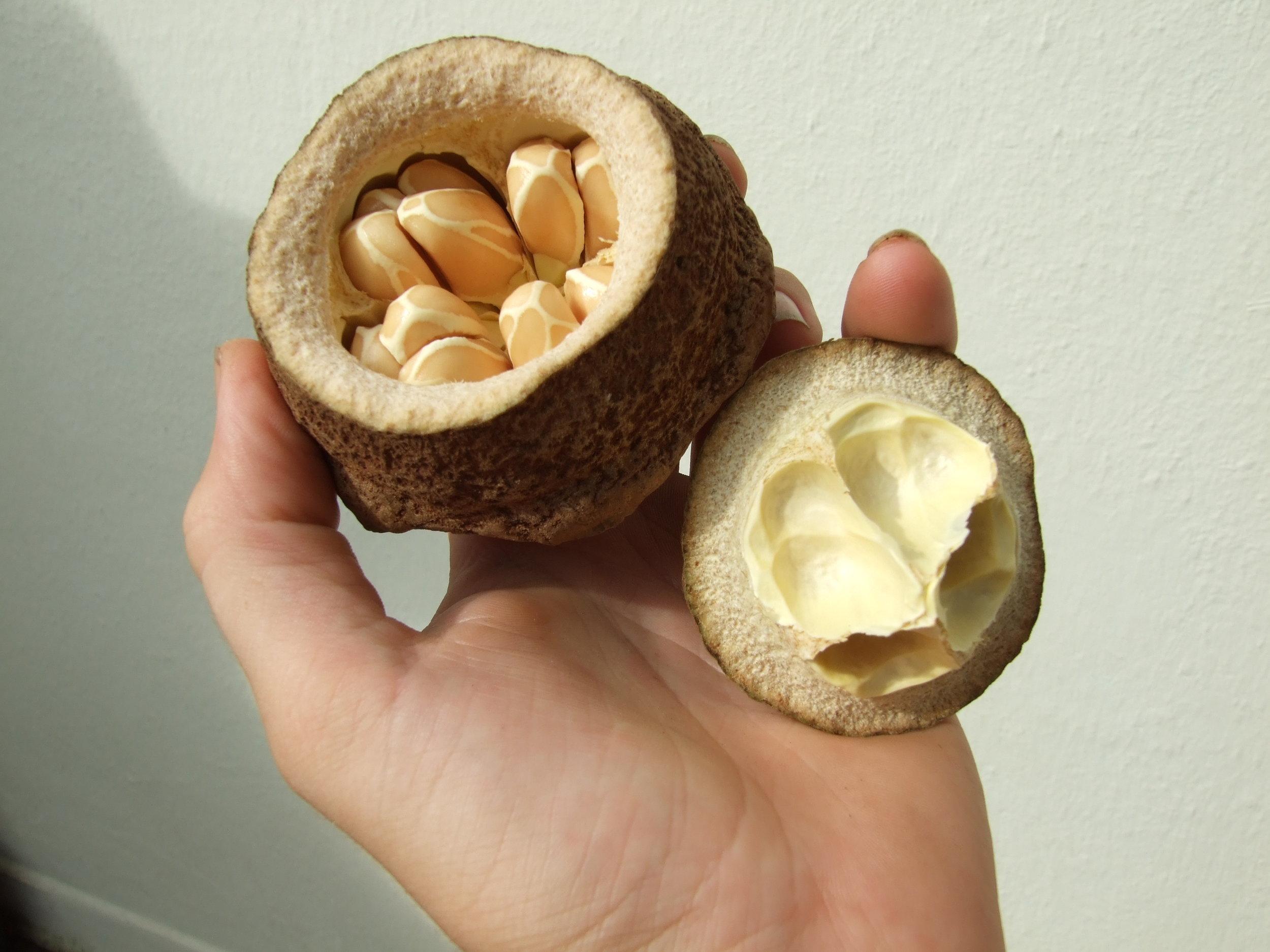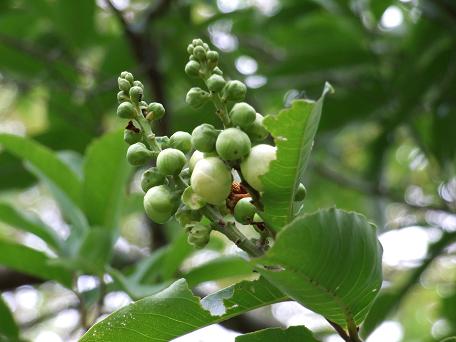

Eugenia stipitada - Araza
Thought to be native to the Peruvian and Brazilian Amazon, still not very widely cultivated. Araza is typically consumed fresh, used to prepare excellent juices. The flavor and texture is considered to be superior to the guava. The most notable benefits of this species are, A) that it is shade loving. Unlike most fruit trees, Araza prefers at least partial shade. I have seen it growing and producing fruit in the dappled shade of understory, below two canopies. B) Given the right conditions the tree can bear fruit within a year and a half or two years of growth. Once a tree begins bearing it can be depended up on to flower and fruit fairly consistently. C) Fruit are large, seeds are easy to separate. D) The fruit is versatile. Excellent as a base for sauces, juices, and so forth. Usually used for juices. Consumed with Miracle Fruit it is almost disgustingly sweet. Araza is extremely rich in carbohydrates (7%) and vitamin B1.
The tree thrives in humid tropical climates, adapted to at least 2,000 mm annual rainfall and to poor, acidic soils.
Myrciaria vexator - Blue Grape
Myrciaria cauliflora var. ? - Dwarf jaboticaba
The Jaboticaba originates in Southern Brazil where it is one of the most popular fruits, in some parts of the country this is the most common fruit in markets.
Typically Jaboticaba trees grow from 10 - 12 meters high and can take from 6-8 years to bear fruit when grown from seed, and even longer (8-10) when grown in lower, hotter climates.
The variety photographed below is a dwarf, only about two and a half feet tall, bears three times a year, and has larger leaves then the common Jaboticaba. The skin is thin enough to be eaten. As long as it gets irrigated when fruiting, this particular variety seems to do great in the lowland, dry humid tropics.
This is a stem bearing tree. When it is in full bloom the trunk and thicker branches are covered in an almost fuzz like layer of flowers, then the bulbous fruit appear and grow quite rapidly. It seems to take about 15-20 days from flower to mature fruit on this tree.
I'm trying to grow as many as I can. It's bearing right now (end of April).
Myrciaria cauliflora - Jaboticaba
The Jaboticaba originated in Southern Brazil. In Rio de Janerio it is one of the most popular fruits, widely available in markets. It is not very widely cultivated outside its area of origin. The tree yields a fruit similar in size and shape to a grape, which is eaten raw, in sweets and marmalades, and used in the preparation of wine. Nutrition: Jaboticaba is high in sugars and vitamin C.
The Jaboticaba requires a cool, humid, subtropical climate for best growth and production, but it will not support freezing temperatures. Humidity is important for the production of fruit. The tree prefers deep, well drained soils, high in organic matter. The tree is most commonly propagated from seed, needing six to eight years to produce fruit in a hot climate, 10 – 15 years in cooler climates. Aside from this inconvience, the jaboticaba is widely considered to be one of the best tropical fruit trees. A tree in full production can yield up to five harvests a year.
Lecythis elliptica - Mini-Brazil Nut, Monkey Pot
This is a fantastic tree. I found it in a stand of three in a somewhat neglected Summit botanic gardens outside of Panama City. I have collected seed from these trees for years. Today all of the other Lecythis spp. were flowering profusely, this one was full of ripe pods. I already have about ten very healthy trees going in my nursery. Inside the baseball size capsule (a miniature version of L. zabucajo), there are numerous nuts packed together. A cream colored aril is attached to the end of each nut, the aril tastes like anise but I'm not entirely sure if its edible. The nut itself is one of the best tasting tropical nuts I have eaten, identical in taste to its close relatives, perhaps superior to Brazil Nut, although maybe that's because I was eating them fresh.The nut can be eaten fresh or roasted. In Brazil, an oil is extracted from the nuts to make soap.
The Pili nut (Canarium ovatum) is another great tropical nut.
See related info in entry for Lecythis zabucajo, Sapucaia Nut
Eugenia uniflora - Suriname Cherry
Suriname Cherry originates in Brazil from Bahia to the south; along with jaboticaba, it is one of the most common fruits in the country.
In humid tropical climates the tree can surpass 7 m in height. In subtropical regions it typically doesn’t get much taller then 2-4 m.
The foliage is very decorative, bright green with various hues of red in new leaf growth.
The fruit has many uses, but is typically eaten raw. There exist red and purple varieties, which can be either sweet or acidic. It is considered to be one of the best Myrtaceae fruits. The tree bears abundantly, its fruits typically used in preserves, ice creams, syrups, wines and liquors.
The leaves of the tree emit a pleasant aroma when crushed, the smell is employed as a deterrent for flies and mosquitoes. To this end, it is Brazilian custom to scatter crushed leaves on the floors of ones home. The flowers attract honeybees, considered to be a desirable species for apiculture.
The fruit contains 6% sugar, 1% protein and is very acidic, and rich in vitamin C, 25 – 43 mg per 100 g.
Trees are adapted to the humid tropics and subtropics, from sea level up to 1,700 meters altitude, but they thrive in lower elevation, hot, humid tropical climates. In dryer regions the tree benefits from irrigation, which enables it to produce more abundantly. The tree can adapt to all kinds of soils, from sandy to clay.
